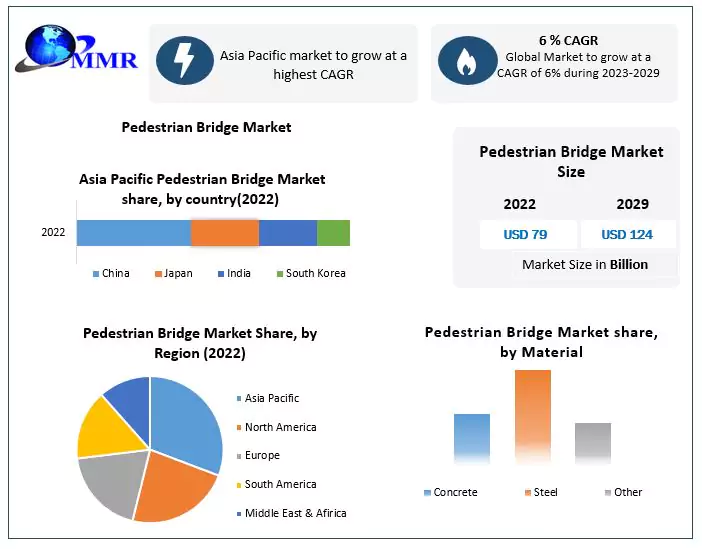In today’s rapidly evolving business environment, regulatory compliance is a critical aspect that organizations cannot afford to overlook. With an ever-increasing number of regulations and standards, managing compliance has become a complex and challenging task. This is where Regulatory Compliance Management Applications come into play, offering a comprehensive solution to streamline processes, ensure adherence to guidelines, and mitigate risks.
The Regulatory Compliance Landscape:
The regulatory landscape is diverse, encompassing industry-specific regulations, data protection laws, environmental standards, financial regulations, and more. Navigating through this intricate web of rules requires a strategic approach, and organizations need robust tools to stay ahead.
Regulatory Compliance Management Applications offer a centralized platform for organizations to monitor, assess, and implement compliance measures efficiently. These applications are designed to keep pace with the dynamic nature of regulations, providing real-time updates and ensuring that organizations can adapt swiftly to changes.
Key Features of Regulatory Compliance Management Applications:
-
Centralized Data Management: These applications provide a centralized repository for all compliance-related data. This includes regulations, policies, audit reports, and documentation. Centralization streamlines access, making it easier for organizations to track their compliance status and identify areas that require attention.
-
Automated Compliance Monitoring: Manual monitoring of compliance is time-consuming and prone to errors. Regulatory Compliance Management Applications automate the monitoring process, using advanced algorithms to track changes in regulations and assess an organization’s compliance in real-time. Automated alerts and notifications keep stakeholders informed of any impending issues.
-
Risk Assessment and Mitigation: Assessing and mitigating risks is an integral part of compliance management. These applications enable organizations to conduct comprehensive risk assessments, identify potential areas of non-compliance, and implement measures to mitigate risks effectively.
-
Document Control and Versioning: Maintaining accurate and up-to-date documentation is crucial for compliance. Regulatory Compliance Management Applications often include document control features, ensuring that the latest versions of policies, procedures, and compliance documents are readily accessible to the relevant stakeholders.
-
Reporting and Analytics: Robust reporting and analytics capabilities provide insights into an organization’s compliance posture. Organizations can generate customizable reports, track performance over time, and demonstrate compliance to regulatory authorities when required.
Benefits of Regulatory Compliance Management Applications:
-
Increased Efficiency: By automating routine compliance tasks, organizations can significantly increase operational efficiency. This allows employees to focus on strategic initiatives rather than spending excessive time on manual compliance processes.
-
Reduced Compliance Costs: Efficient compliance management leads to cost savings. Automation reduces the likelihood of errors, lowers the risk of non-compliance penalties, and minimizes the resources required for manual monitoring and reporting.
-
Enhanced Risk Management: The ability to conduct thorough risk assessments and implement effective mitigation strategies ensures that organizations can navigate the regulatory landscape with confidence. This proactive approach safeguards against potential legal and financial consequences.
-
Adaptability to Change: Regulatory Compliance Management Applications are designed to adapt to changes in the regulatory environment. Whether it’s a new law or an amendment to an existing regulation, these applications can swiftly update and align with the evolving compliance landscape.
Conclusion:
In an era where regulatory compliance is more complex than ever, Regulatory Compliance Management Applications serve as indispensable tools for organizations across industries. By providing a centralized and automated approach to compliance management, these applications empower businesses to navigate the regulatory landscape with agility, reduce risks, and demonstrate a commitment to ethical and legal standards. As the regulatory environment continues to evolve, investing in these applications becomes not only a strategic choice but a necessity for sustainable and compliant business operations.







